My prairie garden is celebrating its fourth season, and I wanted to take the occasion to share the lessons I've learned so far.
Some background info: The area runs along the sidewalk in my suburban neighborhood. I think I calculated its area at about 1500 sq. feet back when I first started, but I'm not sure how accurate that is now. Given its location and size, I treat it both as a "flower bed" and a "wildflower area," if that makes sense. Back in 2000, I killed off the existing patchy fescue and weeds with Round-up, seeded the area with all-native wildflower seeds, covered with straw, and the rest is history.
1. Fight weeds aggressively in the first couple of years, and DO NOT let them seed. I was dismayed to discover Johnson Grass growing among my babies the first year, and I've been cutting and spraying ever since. My persistence has payed off, and it's almost gone. I had to give up and start mowing the far end of the area, because I never really weeded it and it was overrun. This spring, I have to pull lots of foxtail grass because a couple of plants seeded last year. In retrospect, I should have taken an entire growing season to kill off existing vegetation when I first started. I was too anxious to get started with the fun stuff, though. On the whole, I think I'm over the hump with the weed battle, but it would have been easier had I been more patient.
2. Start off with native grasses! I didn't. If I had, that would probably also have reduced some of my weed problems. Now, I have lots of beautiful forbs but no grasses. The bare spots between the forbs have to be weeded occasionally and look ugly. I haven't had much luck with subsequently trying to seed the grasses, so I'll be adding plugs here and there and will hopefully get them established eventually.
3. Be careful with Gray-headed Coneflower (Ratibida pinnata). It is a large, aggressive plant, and I'm currently waging war on it. It grows very easily and quickly from seed. It forms large clumps and can be over four feet tall by the end of May (shading out just about everything else). Because my space is small (relatively speaking), it quickly got out of control. Once I get it confined, I'll be sure to deadhead regularly. It's great for the back, with other tall things, but it will definitely outcompete legumes, coreopsis, etc.
4. Appreciate the little things. For example, Sleepy Catchfly (Silene antirrhina) volunteered in the dry, rocky edges of the bed. It is small and very inconspicuous, but it's an interesting little plant and I am glad it's there.
5. Educate others. Some county mower person took it upon himself to mow part of the bed in late summer '01. I've also had neighbors occasionally trample plants and picking flowers I wanted seeds from. So now I put up signs with a short informatory note about what the area is.
6. Favorite plants (at this moment):
- Purple Poppy Mallow (Callirhoe involucrata) - What a dazzler! Plant it with Coreopsis lanceolata and Oenothera missouriensis.
- Prairie Blazing Star (Liatris pycnostachya) - Classy blooms in the heat of late summer.
- Lanceleaf Coreopsis (Coreopsis lanceolata) - Irresistible explosion of yellow in May, but needs cutting back in the summer.
Annual Plains Coreopsis (Coreopsis tinctoria) is gorgeous when in bloom but looks pretty bad when the flowers fade. Goldenrods, asters, and Palafoxia callosa are good for fall color. Echinacea pallida hasn't really done well for me. I have lots of plants, so I'm hoping they'll get better with age.
I have lots of "hopefuls" that are still small, like Missouri Primrose (Oenothera missouriensis), Pink Primrose (Oenothera speciosa), Trelease's Delphinium (Delphinium treleasii - a very few seedlings that I'm hoping against hope will survive and bloom for me), and Rose Verbena.
Hopefully, I'll be adding a few prizes like Penstemon cobaea and Royal Catchfly soon.
What an adventure!
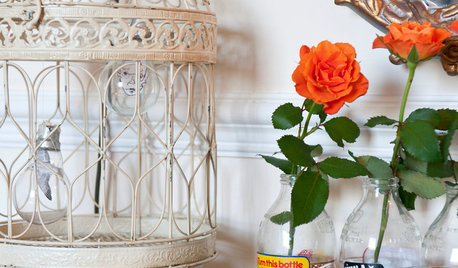


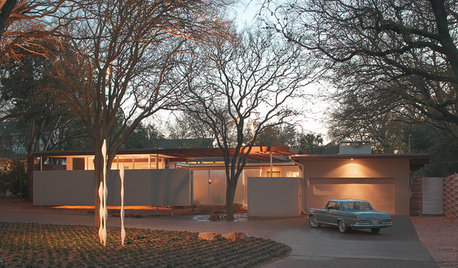


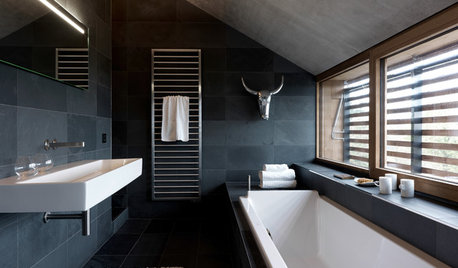
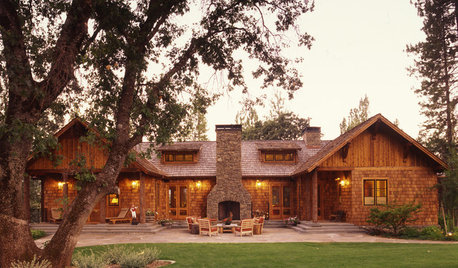
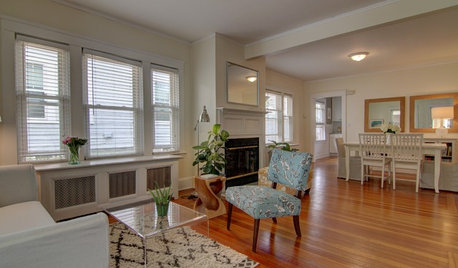







sherriseden
rod_95
Related Professionals
Comstock Park Landscape Architects & Landscape Designers · Carson Landscape Architects & Landscape Designers · Washington Landscape Architects & Landscape Designers · Williamsburg Landscape Contractors · Cockeysville Landscape Contractors · Coeur d'Alene Landscape Contractors · Mequon Landscape Contractors · Rochester Landscape Contractors · South Lyon Landscape Contractors · Waldorf Landscape Contractors · Weymouth Landscape Contractors · Kearns Decks, Patios & Outdoor Enclosures · New Lenox Decks, Patios & Outdoor Enclosures · Riverside Decks, Patios & Outdoor Enclosures · Spokane Decks, Patios & Outdoor Enclosuresdbarron
Doctorant
froggy